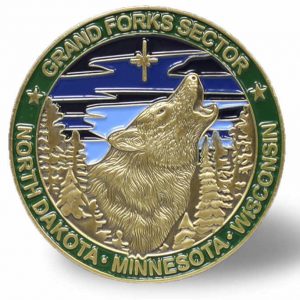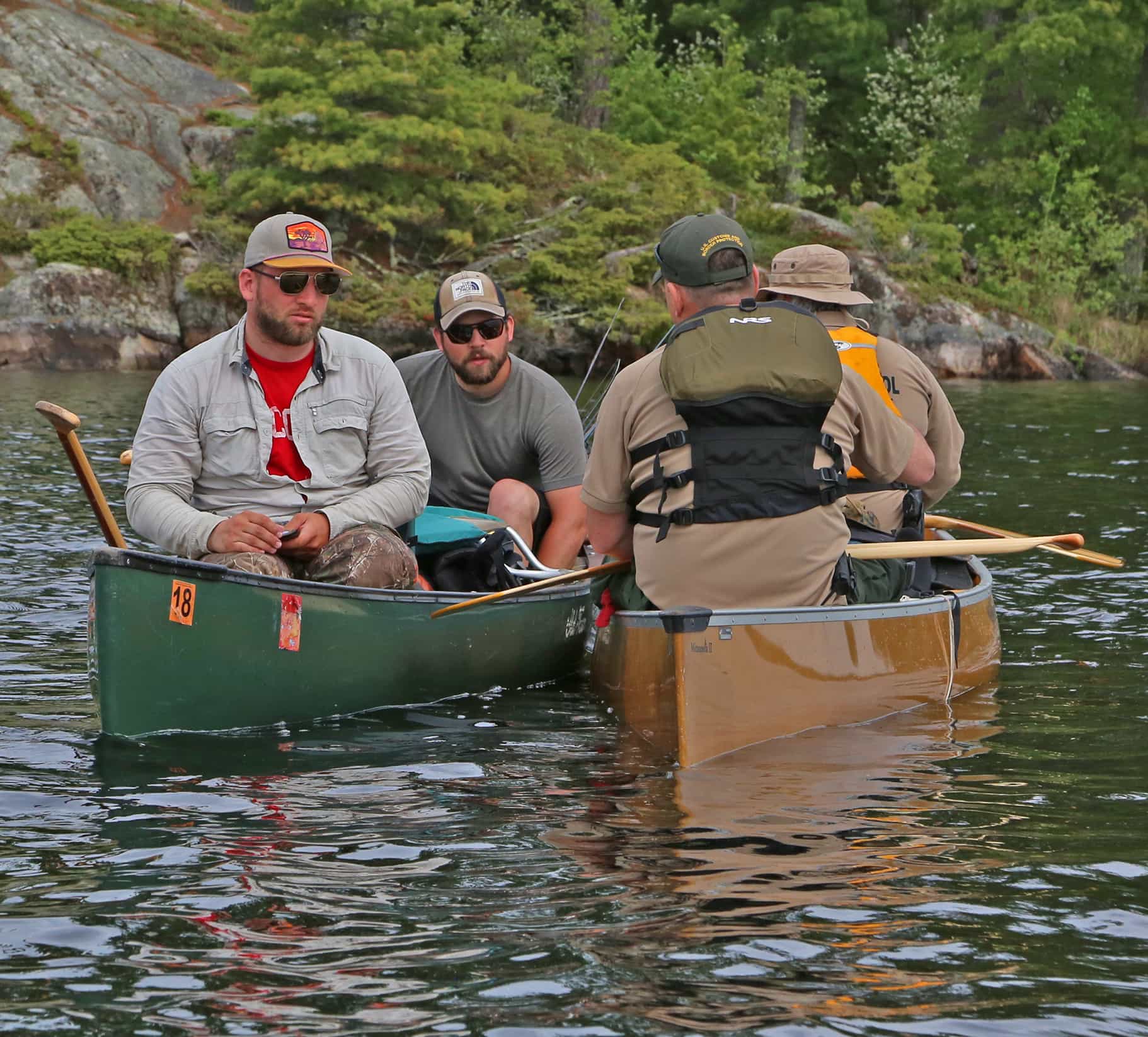The agency in charge of security on America’s international borders has increased its efforts in the canoe country wilderness.
Armed agents regularly canoe into the Boundary Waters and check travelers to ensure they are following the law along the Canadian border.

In a recent column, Star Tribune outdoors editor Dennis Anderson accompanied a team of agents on a patrol of Saganaga Lake:
Curran, Gomez and Law wore life jackets, which obscured the badges on their shirts. So even from a short distance away they appeared to be run-of-the-mill BWCA canoeists.
But close up, their holstered .40 caliber Heckler and Koch P2000 handguns were giveaways that the men weren’t typical wilderness travelers.
“Good morning, U.S. Border Patrol,” Curran said to the two paddlers. “Where are you coming from?”
Anderson reports that there are a growing number of agents working out of the Grand Marais station, and three agents have recently been sent to Ely to cover the western side of the wilderness.
The Border Patrol opened a new 33,000-square foot headquarters in International Falls in 2010. Before the September 11, 2001 terrorist attacks, there were only a few agents patrolling the area’s border. Nine years later, there were more than 30.
In 2011, legislation was introduced in Congress which would have given border security agencies broad abilities to ignore environmental protections, wilderness regulations, and other rules in the course of their work.
Three years ago, wilderness advocacy organization Wilderness Watch issued a report on how campers were reporting unpleasant encounters with agents, including being buzzed by helicopters.
Just like along all the international borders, the agency’s “priority mission” is preventing terrorists and terrorists weapons, including weapons of mass destruction, from entering the United States.


